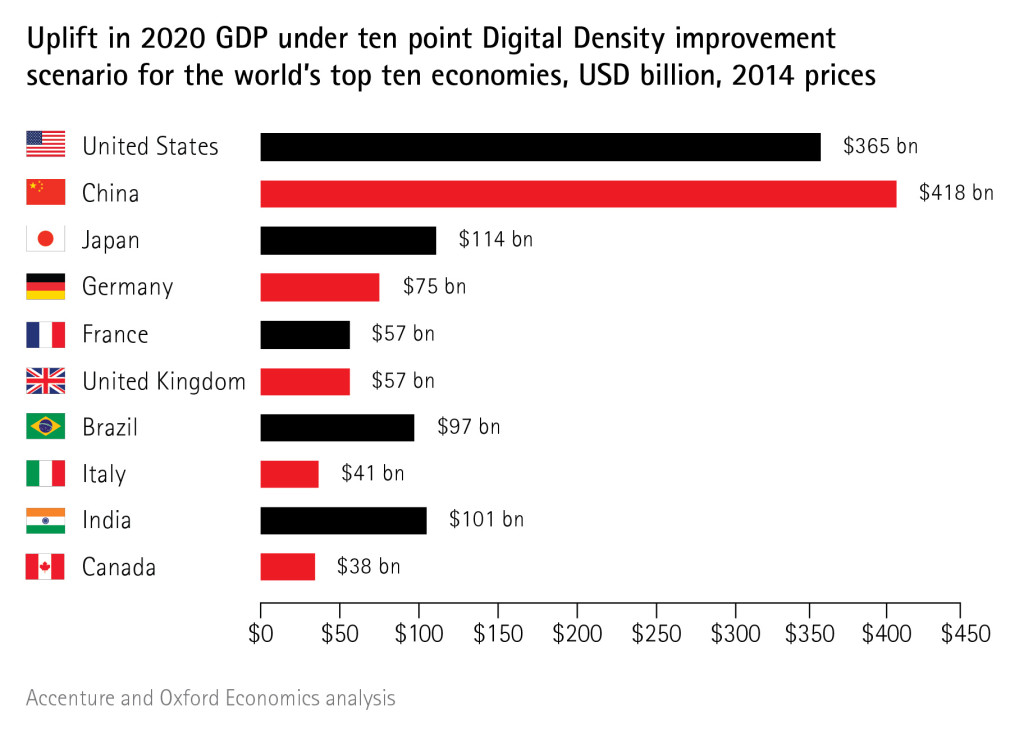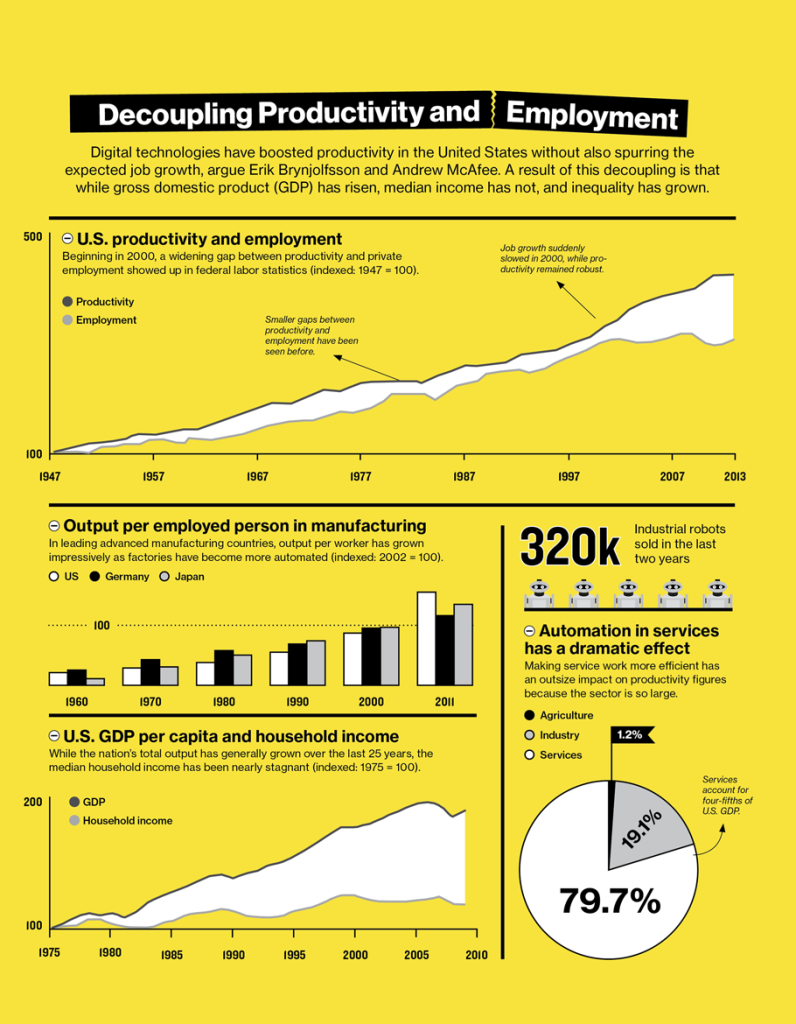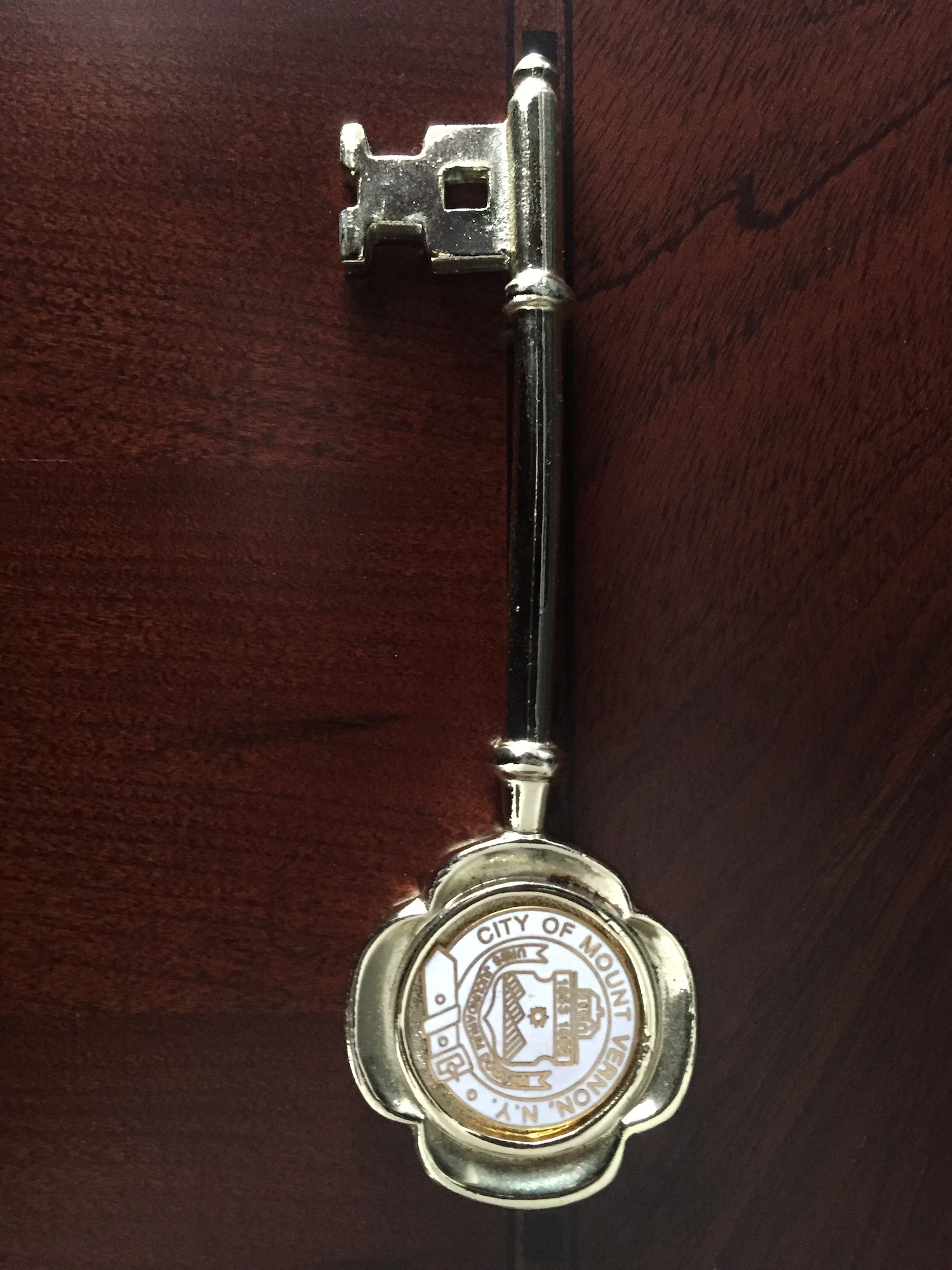Digital advances are meant to increase productivity and efficiency.
But do they? Yes and no.
Indeed, the ‘office’ has expanded outside the brick and mortar environment so prevalent just a decade ago. Tech savvy entrepreneurs are mobile, no longer confined to any one workspace. Business travelers can receive most (if not all) publications online, including major news sources, accessible through laptops, smartphones and tablets. CEOs and Presidents can stay current — all the time, constantly, and quickly.
Digital has become so essential that $1.36 trillion will be added to the top ten economies by 2020.
However, there comes inadvertent drawbacks from too much technology, which may encumber certain aspects of work, and life. A study by PLoS One revealed that too much web interaction can increase unhappiness, and that face-to-face time with people improves mood, trust and communication. Unfortunately, that news may present major complications. An entrepreneur can never be “offline”, there is no such option. ‘Connection’ is omnipresent, but can wireless connection actually connect a business head to his or her employees?
In order to do so, successful entrepreneurs have to play a pivotal role in keeping passion and inspiration in the workplace where it belongs. By creating changes in daily operations, leaders will increase authentic (non-Cloud-based) manager/employee connectivity.
According to a New York Times article on Decoupling Productivity and Employment, “[…] we can improve their [employees’] prospects greatly by investing in infrastructure, reforming education at all levels and encouraging entrepreneurs to invent the new products, services and industries that will create jobs.”
So how does an entrepreneur or intrapreneur accomplish this?
Talent Cultivation. Leadership should offer educational initiatives within the company to inspire employees and keep them engaged in the mission statement of the organization. When a leader invests in the well-being of his or her workers inside and outside working hours, this investment can act as a vehicle for the maintenance of transparent communication.
CEO in the Middle. Transparency should be another name for trust, but oftentimes, it is not. A CEO who looks at employees from a management level can exert transparency but trust is critically important. Intrapreneurs who are the most successful at obtaining trust are ones who are in the trenches alongside their workers. Those who roll up their sleeves and work through the middle have the most success than those who work from atop.
The framework of the work culture has changed drastically in just two decades, mostly for good, but the checks and balances of the increased efficiency must be monitored and tempered regularly by senior level executives. Shifts which encourage more face-to-face interaction can change the work dynamic in positive directions.
Research contribution: A. Anderson






